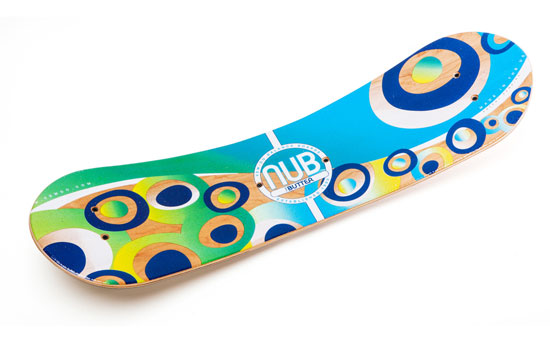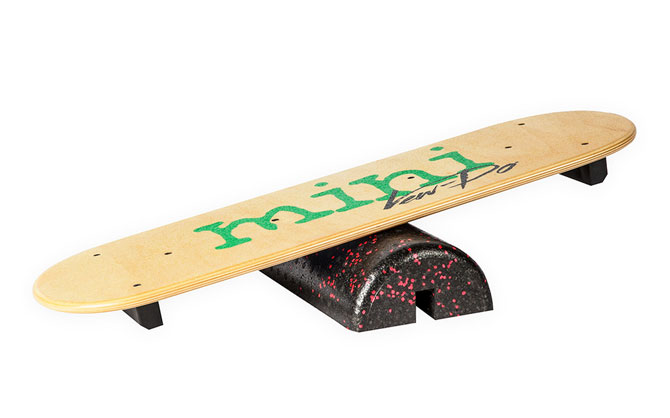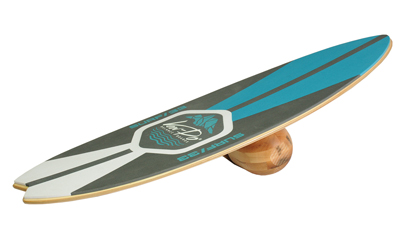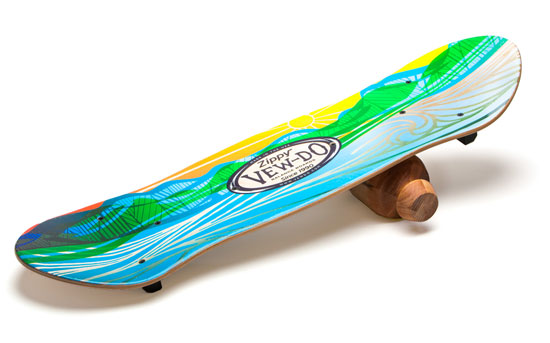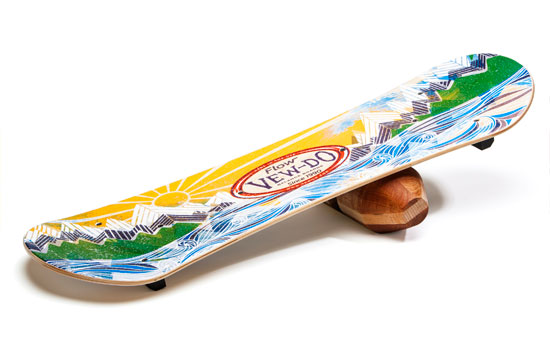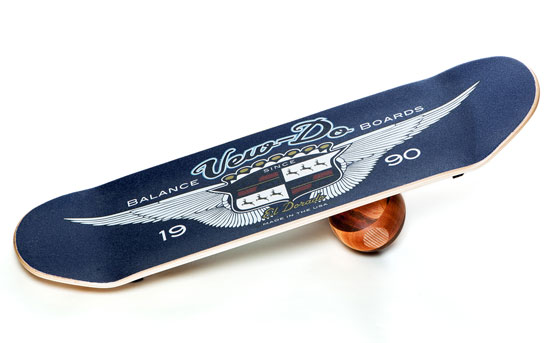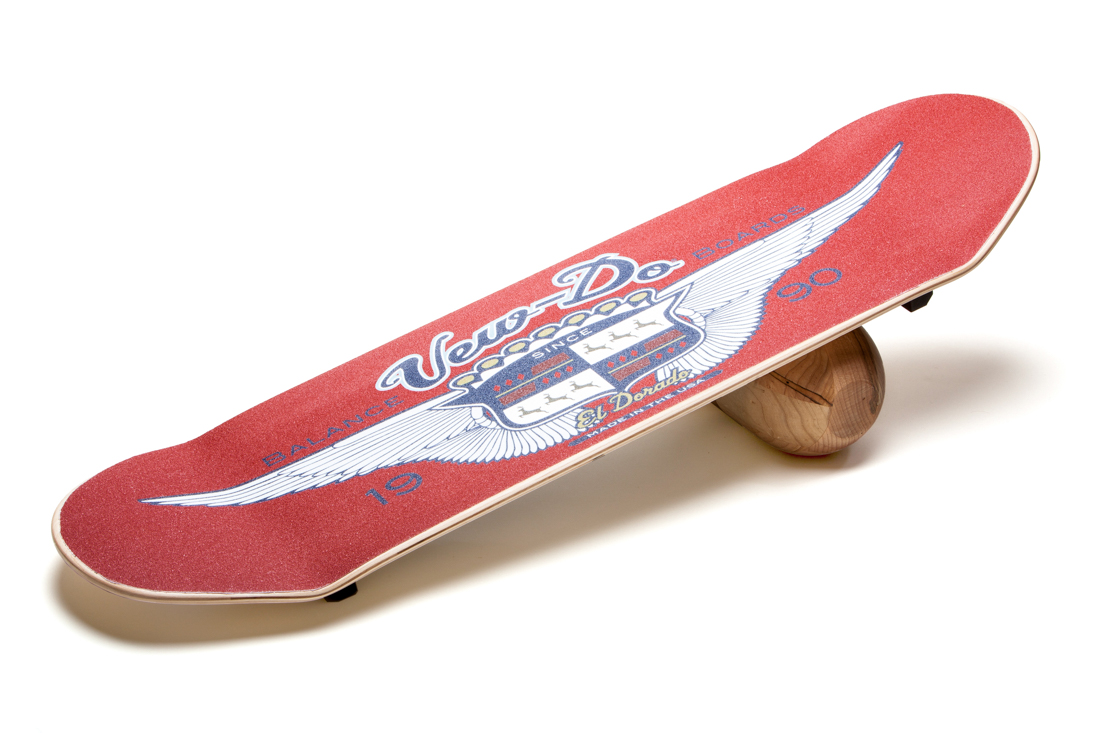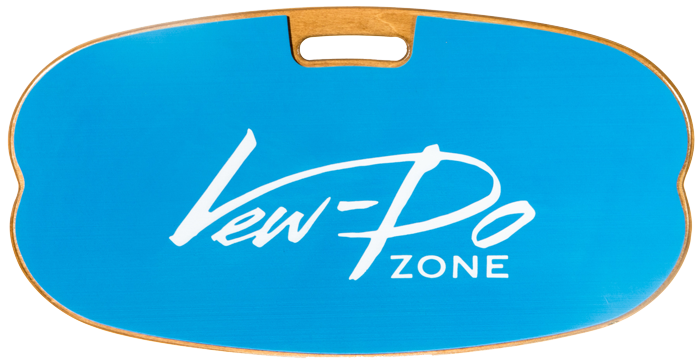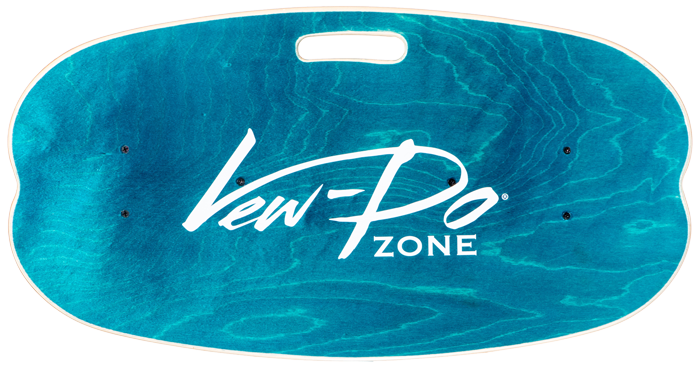How balance boards and kids balance board training was proven to be an effective tool for improving the quality of life for children, ages (7-13) with Cerebral Palsy

If you're here, then you're already aware of the physical characteristics of children with Cerebral Palsy. Along with poor motor skills or coordination, there are also injury risks from falling.
You probably know that some of the symptoms of Cerebral Palsy are muscle tightness or spasticity; involuntary movement and disturbance in gait or mobility. This can translate to poor balance, coordination and recovery of stability skills which can lead to the risk of injury from falls. What you probably didn't know is this. There's a way you can help reduce the risk of injury and improve a Cerebral Palsy child's quality of life
Quality of life enhancement means different things to different people. What you will discover below is the tool and the method used to modify postural control mechanisms of children with Cerebral Palsy.
The benefits to this are that something as simple as balance board training for the recovery of stability in a Cerebral Palsy child can help reduce injuries caused by poor balance, coordination and motor skills. It only makes sense that increased balance, coordination, stability and recovery skills can also increase their safety, scope and level of activity and give them the confidence to be more independent.
This isn't something we've conjured up. In fact, it was proven in a research study done by the University of Oregon and the University of Washington. The research showed this.
When children with 2 forms of Cerebral Palsy, (spastic dipleagia and spastic hemiplegia) used a moving platform to practice balance training for recovery of stability, they showed significant improvement with reduced COP (center of pressure) and TTS (time to stability.) The study also proved that these skill gains were still present for at least one month following the training.
The importance of this study is two-fold. First, balance training in children with Cerebral Palsy can modify muscle response characteristics. Secondly, it dispelled the belief of a minority of skeptics that claim balance training isn't transferable to real-life physical and motor activity. These skeptics consist of those untrained and unlicensed in the field of physiology, mostly fitness and personal trainers. You can download a PDF copy of the conclusions from the study from the link below:








